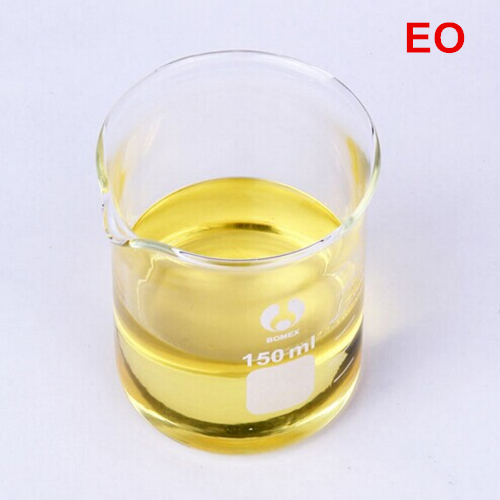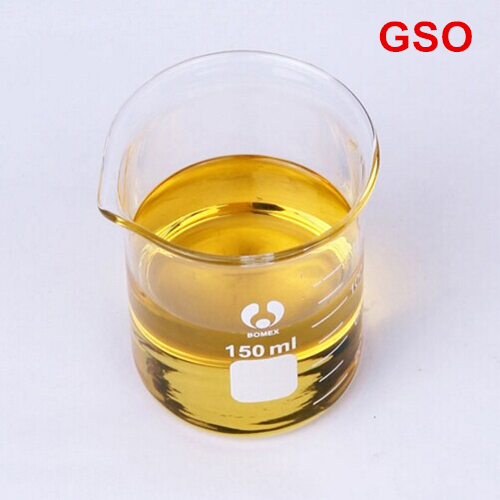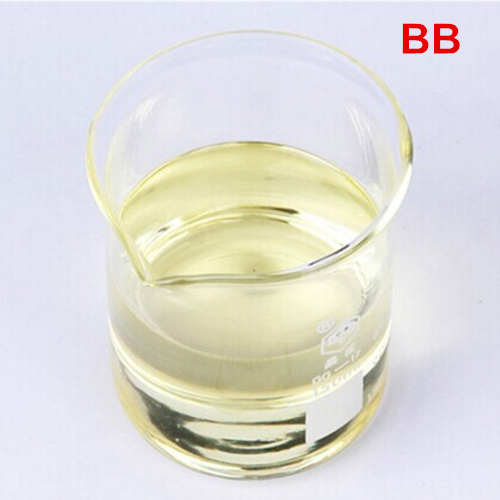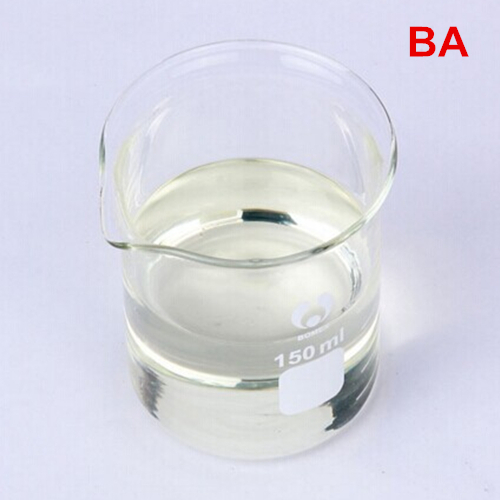Fourniture d'usine de matières premières pharmaceutiques à l'huile de guaiacol
Détails:
Nom du produit:Gaïacol
N ° CAS.:90-05-1
EINECS:201-964-7
Formuler moléculaire:C7H8O2
Masse moléculaire:124.14
Apparence:Liquide jaune
Classe:Qualité pharmaceutique
La description:
en fait d'être avec une odeur caractéristique du Guaiacol, il fonctionne très bien pour que les composés soient difficiles à dissoudre. Utilisation de la base de la testostérone 15% de celui-ci plus 20% BB et 2% BA, Le reste utilise de l'oléate d'éthyle au lieu de l'huile, Fonctionne très bien et indolore 75-100 mg / MO.
Méthandon injectable en 50 mg / ml, utiliser 20% BB, 2% BA, 12.5% Guaiacol et le reste avec l'huile de votre choix (J'aime utiliser l'huile de canola). Ou utiliser 5% gaïacol, 20% BB, 2% BA et l'autre demi-huile restante mi-oléèle d'éthyle.
Méthenolone énanthate 200 mg / ML que j'utilise 30% BB, 2% BA, restant d'éthyle oléate. Ou j'utilise bb 30%, 2% BA, 10 % Guaiacol et le reste avec l'huile de votre choix …
Certains composés sont extrêmement difficiles à devenir stables à une concentration raisonnable, en utilisant uniquement des oléats d'éthyle et / ou guaiacol cette stabilisation est possible et sans douleur.
Une autre astuce qui aide à la dissolution de la poudre est les solvants de chaleur (BB, BA et Guaiacol) à 140 Degrés F, Ajouter la poudre jusqu'à dissolution complètement, Ajouter lentement l'huile ou l'oléate d'éthyle.
Cependant, il est prudent lors de l'utilisation d'oliates d'éthyle, Le filtrage doit être effectué avec les filtres à seringue … Filtres à vide avec Merck Millipore que j'utilise peut laisser le composé avec un bleu / couleur verte, Peut-être le matériel (pas le filtre) est partiellement dissous dans l'oléate d'éthyle. J'utilise uniquement les membranes PTFE et PVDF dans mon composé.
Sécurité:
Les méthoxyphénols sont des biomarqueurs potentiels de l'exposition à la fumée de biomasse, Par exemple, de l'inhalation de Woodsmoke. Les sources alimentaires de méthoxyphénols submergent la contribution des expositions inhalationales à Woodsmoke.
Phéromone:
Le Guaiacol est produit dans l'intestin des criquets désertiques, Schistocerca Gregaria, par la rupture du matériel végétal. Ce processus est entrepris par la bactérie intestinale Pantoea Agglomeransa (Enterobacter). C'est l'une des principales composantes des phéromones qui provoquent un coup de saute.






